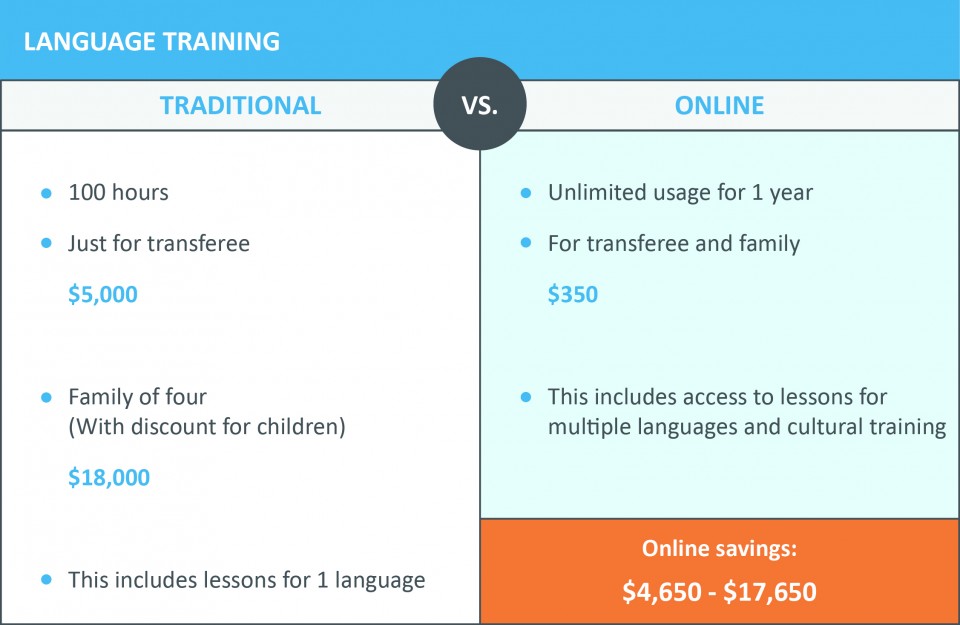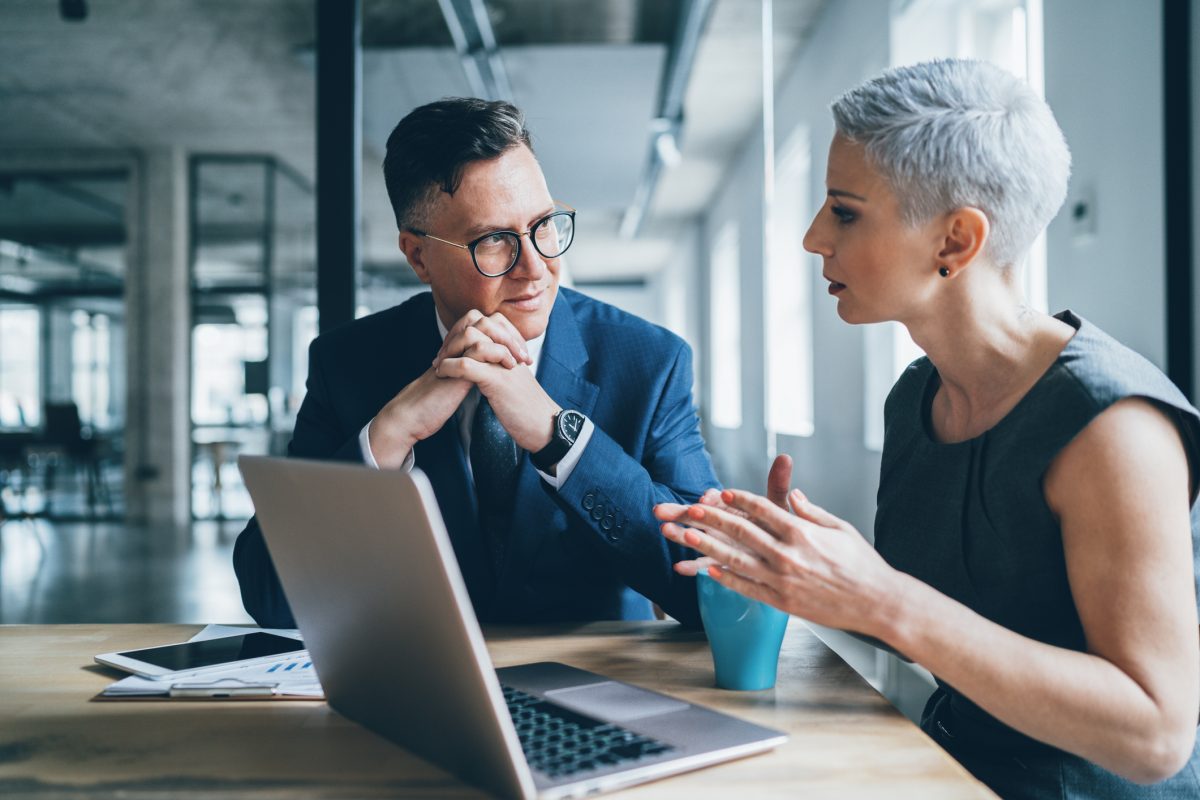What is Expedited Bidding?
The Expedited Bidding Process (EBP) is not an abbreviated approach. It is a request for proposal (RFP) that, like a traditional RFP, demands complete and detailed answers from relocation management companies (RMC). However, through expedited bidding, a company’s purchasing department only sends RFPs to a small, select group of key RMCs.
The trend in utilizing an EBP for the outsourcing of relocation management is at an all-time high. Global Mobility Solutions consulting team’s recent study shows that EBP utilization is up more than 200% over the last year. Why are so many companies turning to expedited bidding when looking for a mobility management solution?
Buying Solutions, Not Widgets
Purchasing relocation management is not like sourcing for parts. Ensuring the right fit for the right reasons is key when purchasing employee-facing services.
Courtesy Mobility Consulting
Policy reviews, recommendations, program design, and policy development can be part of the process. This allows for an evaluation of the RMC experience, knowledge, and quality of consulting work.
Immediate Cost Savings
Competition often equates to implicit cost savings through no fee implementation, less administrative burden and time investment, improved fee structures, and reduced direct costs.
Quicker Program Implementation
90% of EBP implementations are completed within 22 days, allowing for immediate efficiencies and realized savings.
Full RFP Avoidance
Eliminates the administrative burden for the purchasing department and reduces the need for extensive resources when compared to a formal Request for Proposal method.
Modern Mobility Made Easy™
What this means for you and your relocating employees
The Global Mobility Solutions benchmarking study shows that companies utilizing an expedited bidding process achieve savings up to 61% over typical RFP costs. Expedited bidding is one of many ways that Global Mobility Solutions recommends to make choosing an RMC fast, easy, and cost-effective. Before you send your next RFP, Download the 28 Critical Questions to ask an RMC. For more information on EBPs, and to learn more about Global Mobility Solutions’ corporate relocation programs, contact us online or give us a call at 800.617.1904 today.



















